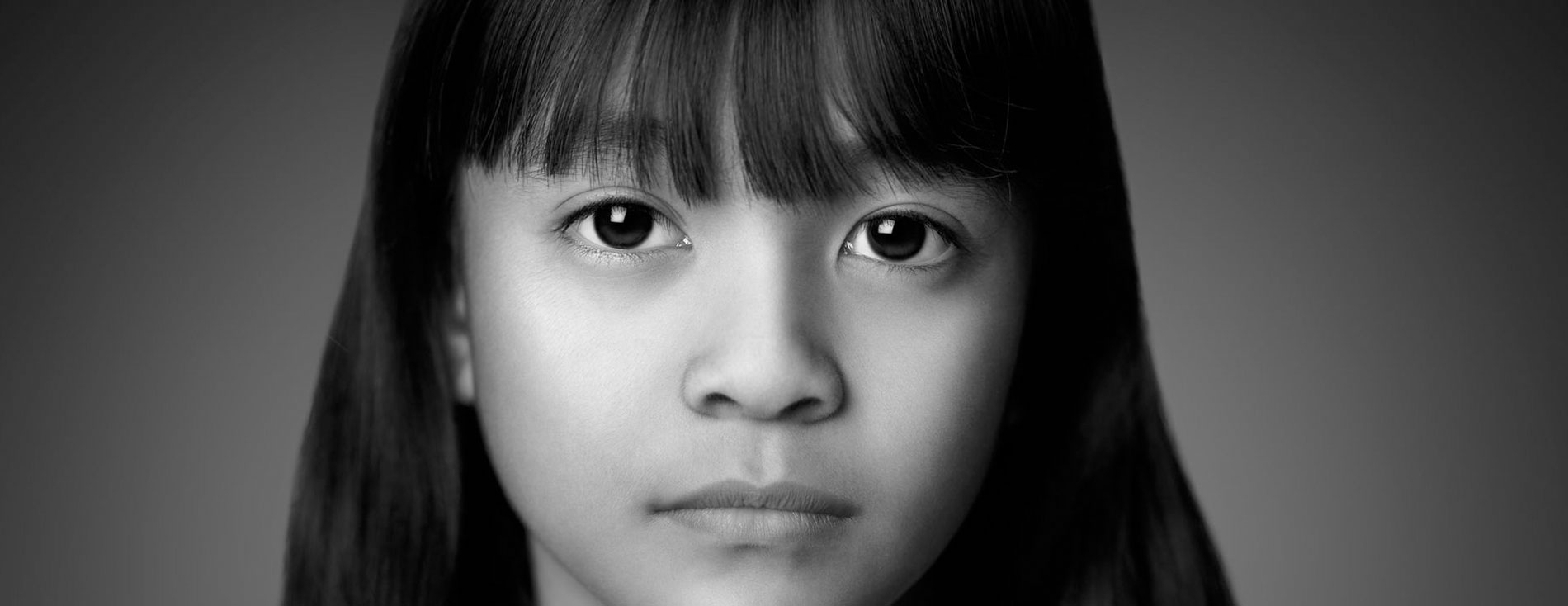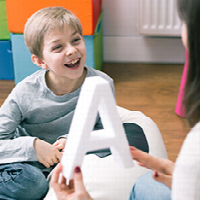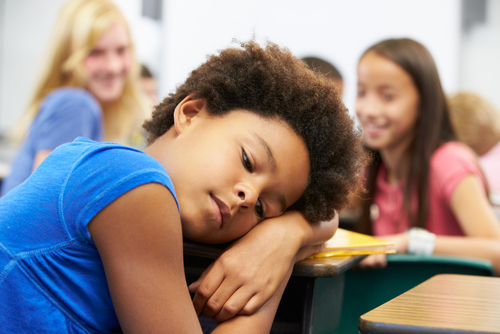Anxiety and Depression in Adolescents
Adolescence is a period characterized by changes in nearly every aspect of life. Puberty, hormonal changes, ongoing brain development, transitioning to a different and more challenging school environment, and social changes can all make adolescence a period of growth that is simultaneously thrilling and terrifying. Many of us remember what it was like to be an adolescent: heady emotions mixed with a desire to test boundaries and forge an independent identity. However, the same things that make adolescence exciting for some make it a serious mental health challenge for others. Adolescence is a time when mood and anxiety symptoms often begin to develop. Recognizing signs of anxiety and depression during adolescence can help to ensure that children get the help they need during this vulnerable period.
The Signs and Symptoms of Mood and Anxiety Disorders in Adolescents
Although depression and anxiety are distinct conditions, many of their symptoms overlap. Parents and children alike should be aware of the signs and symptoms of depression and anxiety in order to know when to seek help.
Depression is best characterized by feelings of severe despondency and dejection. Signs and symptoms of depression include:
- Sadness
- Feeling empty inside
- Hopelessness
- Getting cranky or frustrated, even at minor problems
- Weight loss or weight gain
- Difficulty falling asleep or staying asleep
- Persistent tiredness
- Losing interest in things you used to enjoy
- Difficulty concentrating
- Feelings of worthlessness or excessive guilt
- Loss of energy
- Thoughts of suicide or thoughts about dying
Depression and anxiety are different, but people with depression often experience symptoms similar to those of an anxiety disorder. Anxiety symptoms include:
- Feeling restless or wound up
- Becoming easily fatigued
- Difficulty concentrating
- Irritability
- Inability to control your worry
- Muscle tension
- Sleep problems
- Heart palpitations, sweating, or dizziness in certain situations
Depression and anxiety sometimes manifest differently in adolescents than in adults. Because of adolescents’ brain development and hormonal changes, they are particularly vulnerable to mood and anxiety disorders. Difficulties in school, changing groups of friends, engaging in rebellious behaviors, constant anger, and trouble getting along with family members can be signs of depression. However, mood swings and altercations with family members can also be normal parts of adolescent development and burgeoning independence. The importance is to recognize major changes in behavior that are uncharacteristic for your child, which may be a sign of mental health struggles.
Why Adolescents Are Vulnerable to Mood and Anxiety Disorders
People of any age can develop depression or anxiety problems, but adolescents are uniquely vulnerable to these mental health conditions. Part of the answer lies within the hormonal changes that occur during puberty. Pubertal hormones, including estrogen and testosterone, have been directly linked to the severity of depressive symptoms, particularly in girls.
While focus is often placed on the body-related changes that come with puberty, the brain is also affected. During adolescence, white matter tracts connecting different brain areas are developing. The prefrontal cortex, which is responsible for regulating thoughts and behavior, is the last region of the brain to mature. Underdeveloped connections between the prefrontal cortex and the limbic system—the area of the brain responsible for emotional processing— have been linked to depression and anxiety. This suggests that during the course of normal brain development, the adolescent brain may be particularly vulnerable to depression and anxiety.
Finding Effective Treatments for Adolescents with Mood or Anxiety Problems
Good news! There are effective treatments for adolescents with mood or anxiety problems. The American Academy of Child and Adolescent Psychiatry recommends that adolescents try psychotherapy, not medication, as the first line of treatment. Cognitive behavioral therapy (CBT), for example, is a gold standard treatment for depression and anxiety, which focuses on the relationships between thoughts, feelings, and behaviors. CBT can help adolescents learn coping strategies to deal with rumination, avoidance of previously enjoyed activities, and other problems that can arise due to depression and anxiety.
Learning to quiet the mind can be a powerful tool for adolescents who feel completely at the mercy of their own thoughts and emotions. Therefore incorporating mindfulness practices can also be beneficial for adolescents with mental health problems. Adolescents often say they feel “swept up” by their own emotions. Mindfulness focuses on emotion regulation, attention to feelings, and non-judgmental responses to one's thoughts and emotions. This makes mindfulness an excellent treatment for adolescents who experience difficulties with mood or anxiety disorders.
Sources:
https://www.nimh.nih.gov/health/topics/anxiety-disorders/index.shtml
https://www.ncbi.nlm.nih.gov/pmc/articles/PMC3939064
http://www.health.harvard.edu/mind-and-mood/the-adolescent-brain-beyond-raging-hormones
https://www.ncbi.nlm.nih.gov/pmc/articles/pmid/26663379












